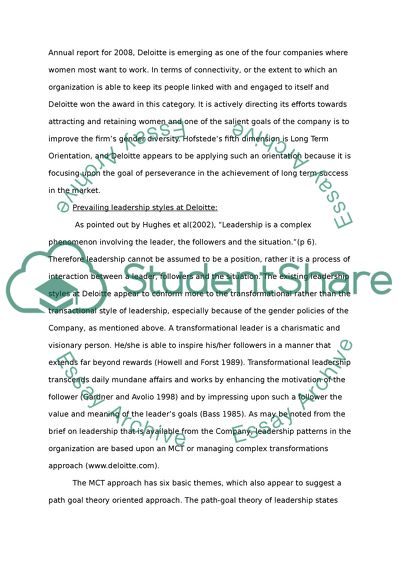Cite this document
(Cultural Aspects and Prevailing Leadership Styles: The Deloitte Case Study - 1, n.d.)
Cultural Aspects and Prevailing Leadership Styles: The Deloitte Case Study - 1. https://studentshare.org/human-resources/1729907-organisation
Cultural Aspects and Prevailing Leadership Styles: The Deloitte Case Study - 1. https://studentshare.org/human-resources/1729907-organisation
(Cultural Aspects and Prevailing Leadership Styles: The Deloitte Case Study - 1)
Cultural Aspects and Prevailing Leadership Styles: The Deloitte Case Study - 1. https://studentshare.org/human-resources/1729907-organisation.
Cultural Aspects and Prevailing Leadership Styles: The Deloitte Case Study - 1. https://studentshare.org/human-resources/1729907-organisation.
“Cultural Aspects and Prevailing Leadership Styles: The Deloitte Case Study - 1”. https://studentshare.org/human-resources/1729907-organisation.


